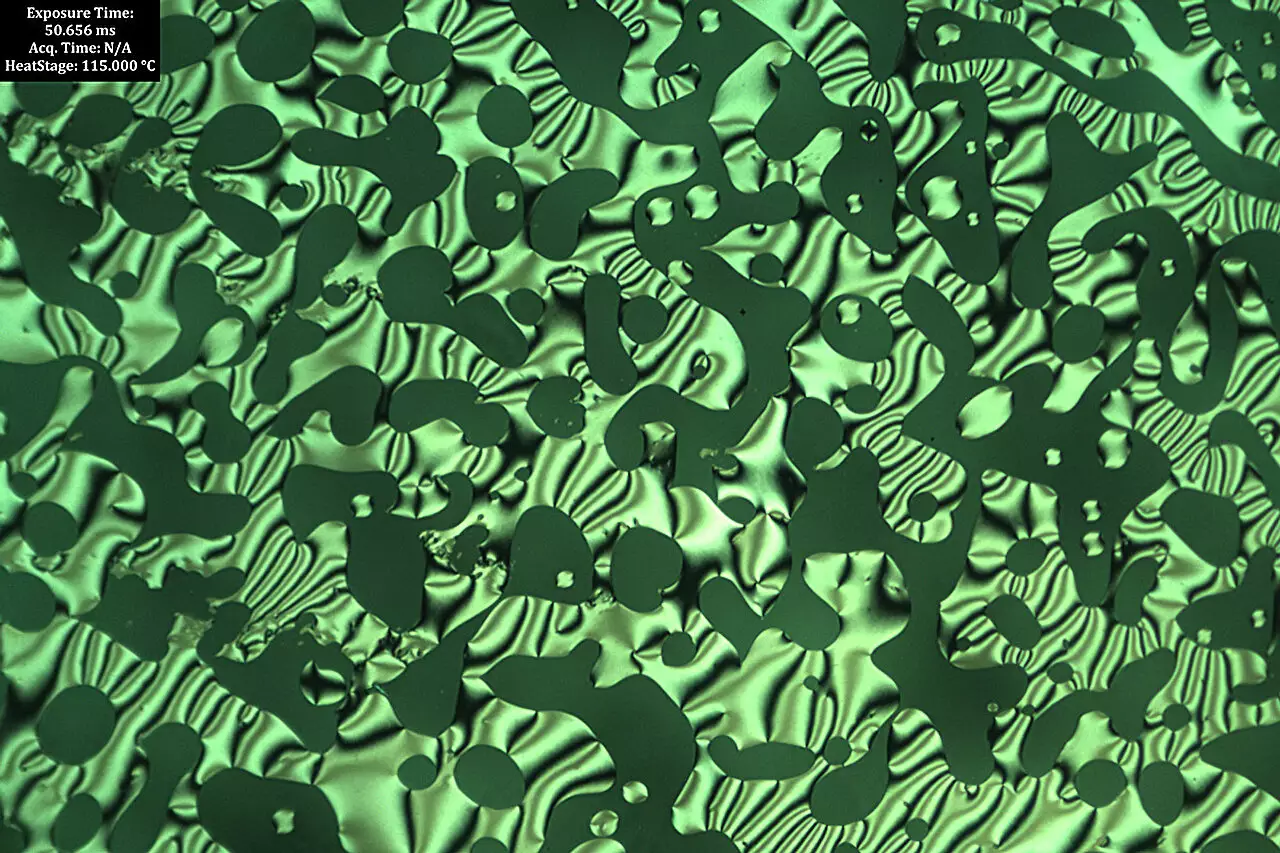A recent study conducted by chemists at the University of Illinois Urbana-Champaign has shed new light on the development of semiconductor materials with the ability to harness the power of chirality. Chirality refers to a non-superimposable mirror image and is a fundamental aspect of nature’s strategy to create complexity in structures. Examples of chirality can be seen in the DNA double helix, where two molecule chains are connected by a twisted molecular “backbone.” Chiral molecules, such as proteins, effectively transport electrons of the same spin direction. For years, scientists have been striving to replicate this chirality in synthetic molecules. Led by chemical and biomolecular chemistry professor Ying Diao, the new study explores the use of modifications to a non-chiral polymer called DPP-T4 to create chiral helical structures in polymer-based semiconductor materials. The implications of this research are significant, ranging from solar cells that mimic leaves to more efficient quantum computing and three-dimensional imaging techniques.
Initially, the research team hypothesized that subtle changes made to the structure of the DPP-T4 molecule by altering the atoms connected to the backbone would induce chirality by altering the twist of the structure. However, their experiments proved that things were far more complex than anticipated. Through the use of X-ray scattering and imaging, the scientists observed that these seemingly small tweaks resulted in significant changes in the material’s phases. This led to a surprising discovery, which the research team dubbed the “Goldilocks effect.” ordinarily, the molecules assembled like twisted wires, but at a critical torsion, they began to form new mesophases in the form of flat plates or sheets. To determine whether these structures exhibited chirality, the researchers tested how well the sheets could bend polarized light. To their astonishment, they found that the sheets could also twist into cohesive chiral structures.
These findings highlight the fact that not all polymers will exhibit similar behavior when subjected to modifications aimed at mimicking the efficient electron transport found in chiral structures. The study emphasizes the importance of considering the complex mesophase structures that form and explores the potential for discovering new phases that may possess optical, electronic, and mechanical properties that were previously unimaginable. The applications for such discoveries are vast and include the development of solar cells that closely resemble the way leaves function, computers that utilize quantum states of electrons for more efficient computation, and imaging techniques capable of capturing three-dimensional information.
The University of Illinois Urbana-Champaign study delves into the realm of chirality and its applications in semiconductor materials. By investigating the modifications made to the DPP-T4 polymer, the researchers were able to uncover unexpected findings and shed light on the challenges associated with replicating nature’s strategies through synthetic molecules. The study’s implications extend to various fields, offering new possibilities for advanced technologies in solar energy, computing, and imaging. As researchers continue to refine and explore the development of chirality in semiconductor materials, the future holds exciting potential for groundbreaking innovations.


Leave a Reply